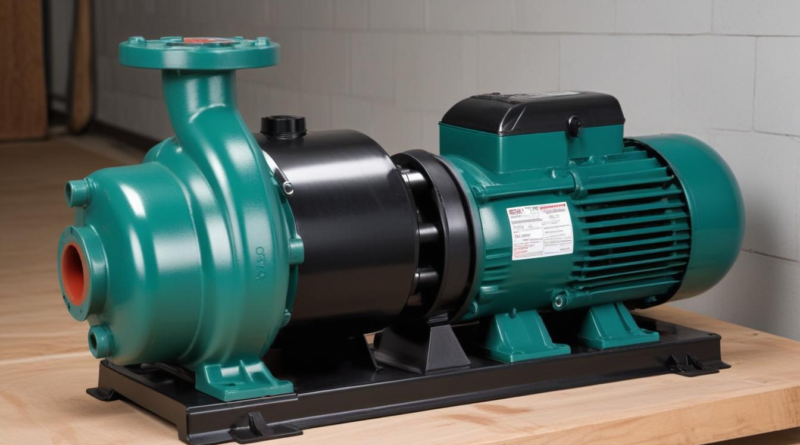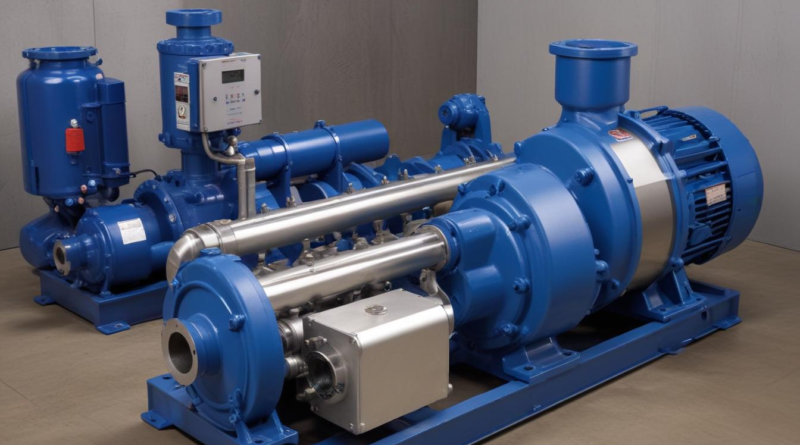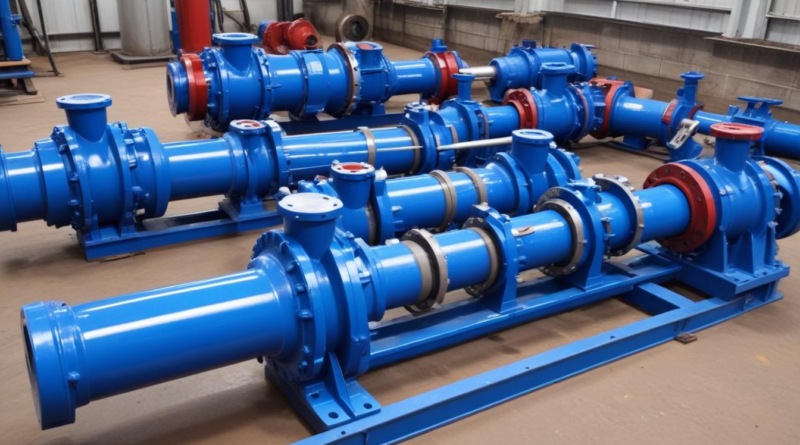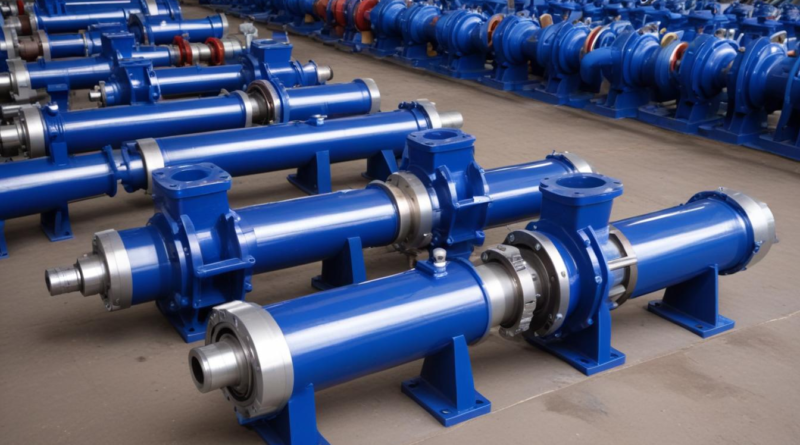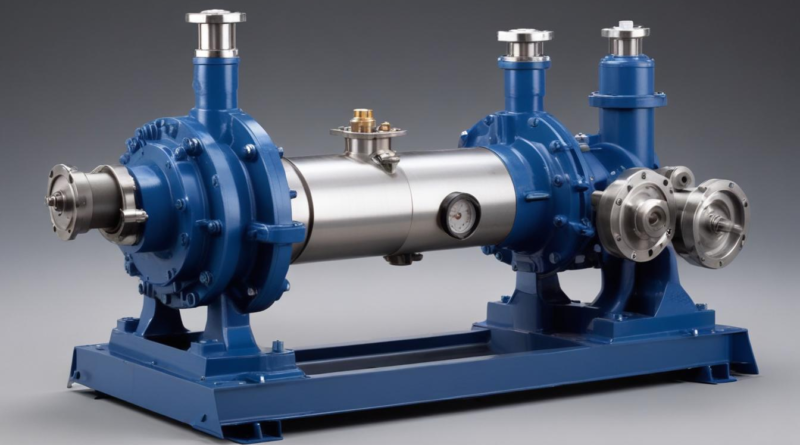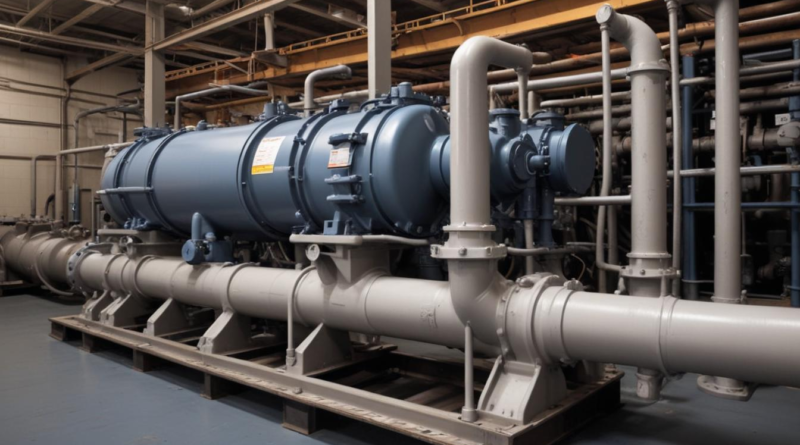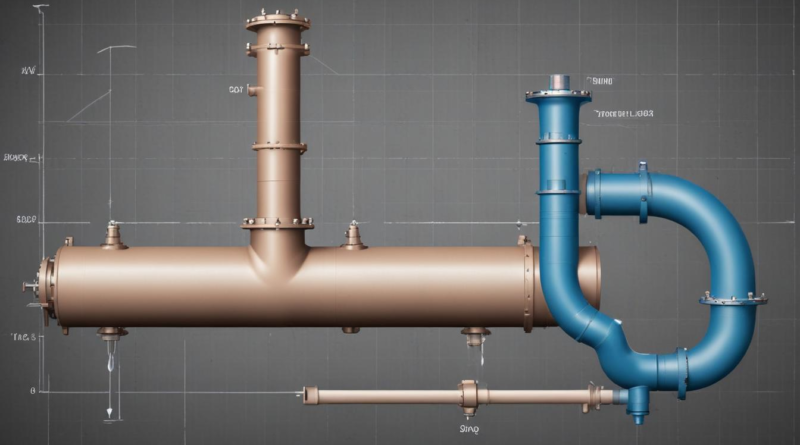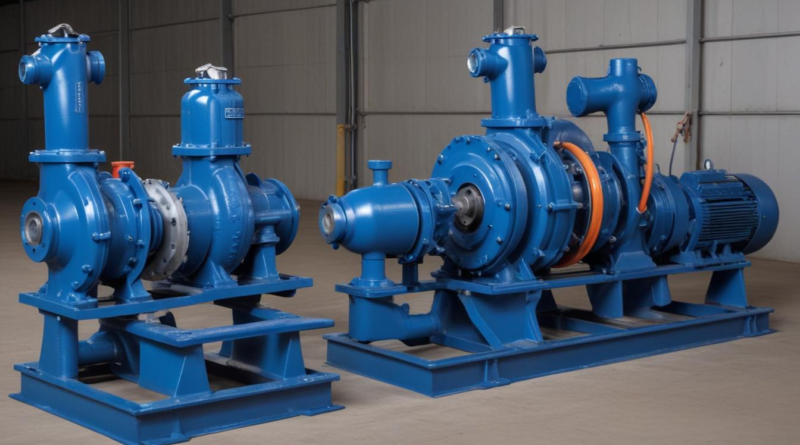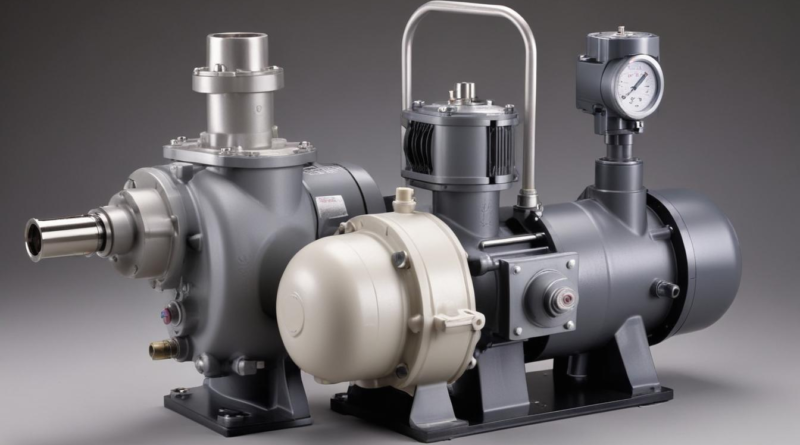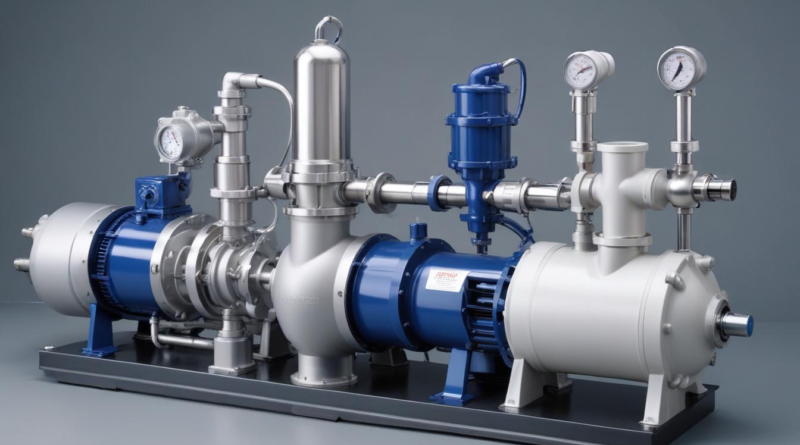how to choose a pump based on efficiency
Pump efficiency gauges how effectively energy is transformed into hydraulic power, directly impacting operational costs and environmental sustainability. Critical elements include flow rate, head pressure, and energy consumption. Exploring various pump types and their designs can lead to optimized performance and reduced energy loss. Additionally, strategic selection and regular maintenance are vital for maintaining high efficiency and reliable fluid handling across diverse industrial applications.
Read More
